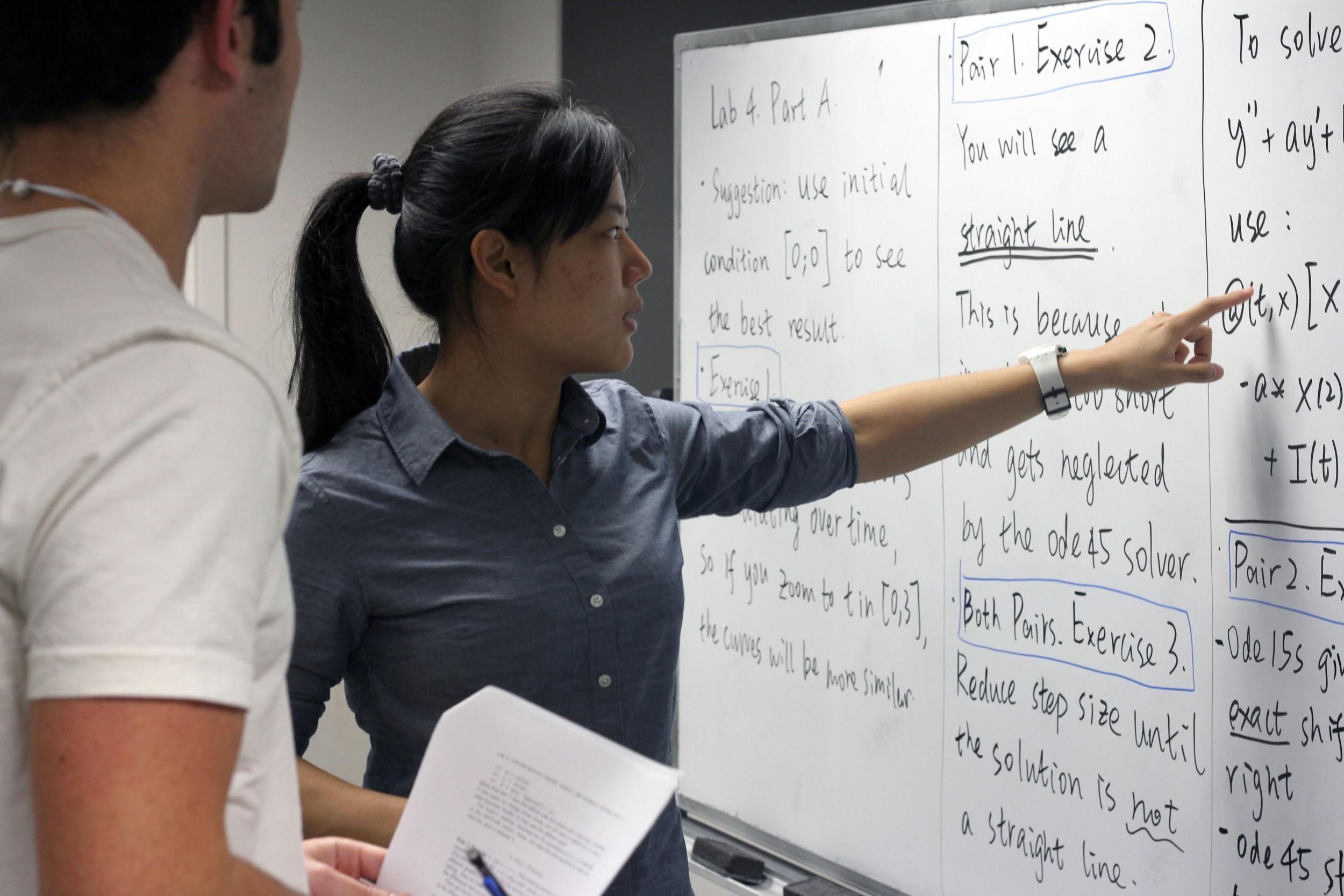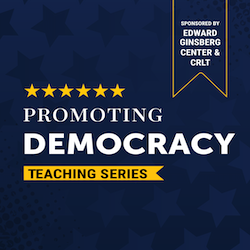 As we pass the middle of the term, instructors are asked to think about course evaluations that students complete at the end of the term (November 19-December 9). By November 17, U-M instructors are invited to preview evaluation questions and create a few of their own if they wish. What principles or goals might guide you in that process?
As we pass the middle of the term, instructors are asked to think about course evaluations that students complete at the end of the term (November 19-December 9). By November 17, U-M instructors are invited to preview evaluation questions and create a few of their own if they wish. What principles or goals might guide you in that process?
In this blog post, we review the university-wide questions that appear on end-of-semester evaluations, as well as those added for Fall 2020 in particular, and we offer guidance on how to make the most of instructor-created questions. These principles can also be used to create questions for feedback that you collect at other times of the semester. In addition, this previous CRLT blog post provides strategies for increasing student response rates, and this Registrar's site contains details about the course evaluation process.
Overview of Fall 2020 Standard Questions
Fall 2020 forms will include the following questions about hybrid/remote teaching during the pandemic:
- How did you participate in this course (multiple choice)
- Attended most sessions synchronously online (e.g., in a zoom meeting)
- Attended most sessions asynchronously online (e.g., completing modules/videos)
- Attended most sessions in person
- Attended some of the class sessions in person and some class sessions online
- Given the format of the course (e.g., fully online, in-person, etc.), what teaching methods worked well? (short answer)
- What were the greatest challenges to your learning in this course format? (short answer)
In addition, the current course evaluations include10 required items (rated on a scale of “Strongly Agree” to “Strongly Disagree” for all but one, as noted below):
- This course advanced my understanding of the subject matter.
- My interest in the subject has increased because of this course.
- I knew what was expected of me in this course.
- I had a strong desire to take this course.
- As compared with other courses of equal credit, the workload for this course was (Much Lighter, Lighter, Typical, Heavier, Much Heavier)
- The instructor seemed well prepared for class meetings.
- The instructor explained material clearly.
- The instructor treated students with respect.
- Overall, this was an excellent course. (Expiring after Fall 2020)
- Overall, the instructor was an excellent teacher. (Expiring after Fall 2020)
These questions provide some general comparison with other courses and are often included in administrative decisions (e.g, promotion, tenure, contract renewal).
Guidance for Instructor-Created Questions
U-M's course evaluations also allow for up to five optional, instructor-created questions. You can add up to three multiple-choice questions and up to two short-answer questions. This can be a great opportunity to ask students to consider specific features of your class (e.g., choice of course materials, particular learning activities, instructional technologies, or guest speakers) in their feedback.
In forming customized questions, some best practices include the following:
- Write questions that focus on one thing only. For example, a bad question would be “How useful were the instructional materials and activities for this course?” This question asks about two things (materials and activities). Focusing on the one thing that is most pressing to you will garner clearer feedback.
- Be specific. Students will be able to provide better feedback to more specific questions. For example, getting student input on the usefulness of a particular activity, or asking them to share the most important point(s) they learned during the semester, can provide useful information for future course planning.
- Focus on relevant and actionable concepts. Students may receive up to 150 questions across their courses in a sample semester of five courses. Making sure that questions are relevant (and do not appear in the standard questions listed above or in departmental questions) will increase the likelihood that students will answer them. Similarly, it is advisable to ask questions about aspects of the course over which you have control.
- Choose the best format: Multiple-choice questions are easy and quick to answer and analyze, offer consistent responses, and allow for easy comparison. However, the choices you offer may put answers into students' minds, or they may not include the answer students wish to give (a good reason to avoid yes/no questions entirely). Short-answer questions take longer for students to complete and for you to analyze, but they permit an unlimited range of answers and give insights into student thinking. In general, it is best to reserve short-answer responses for questions that do not have easily delimited choices or for which you want to give students space to explain their thinking.
f you would like to talk with a CRLT consultant about forming questions to get feedback from students, we would welcome your request at [email protected].
- Log in to post comments
- 636 views






